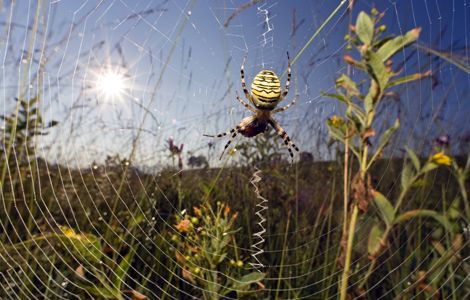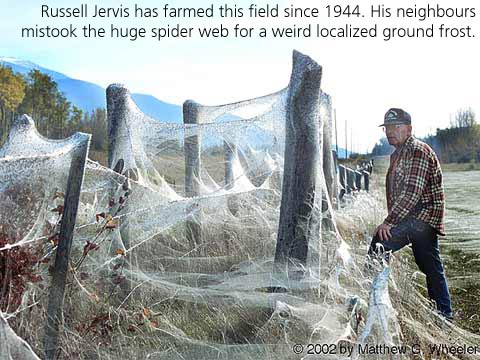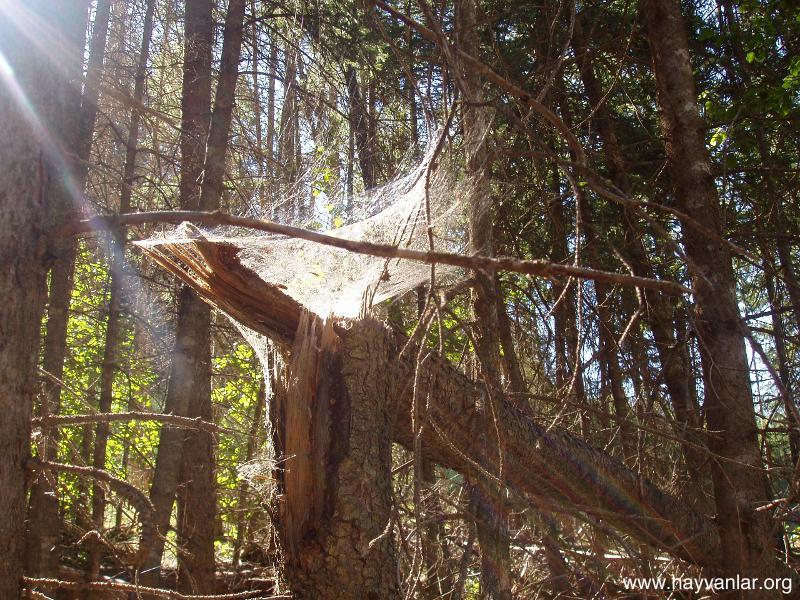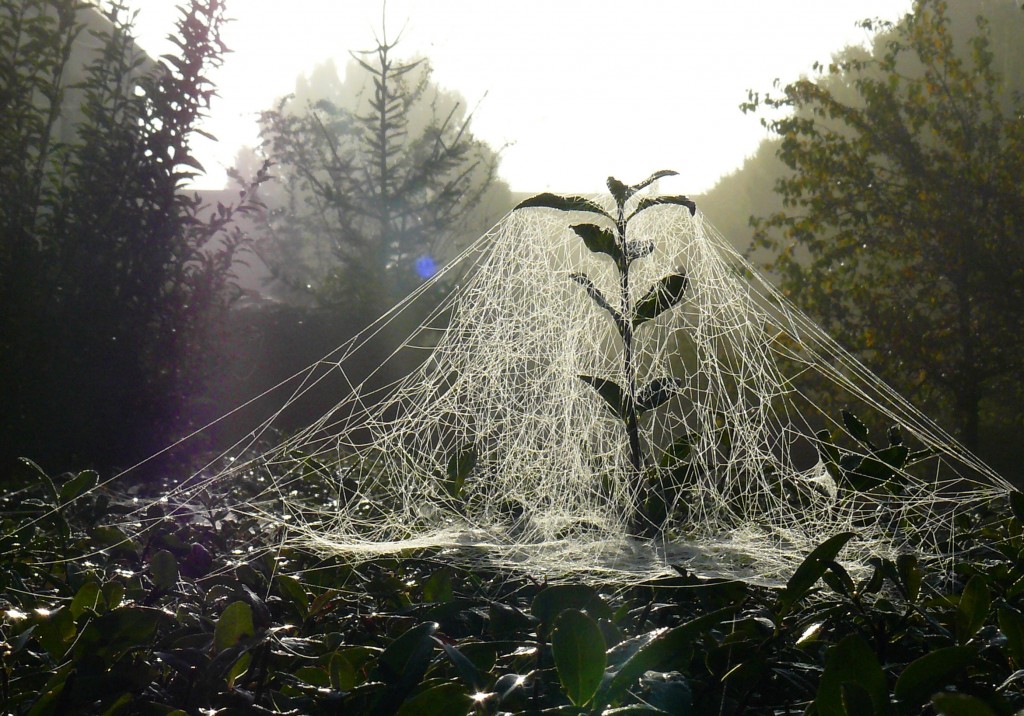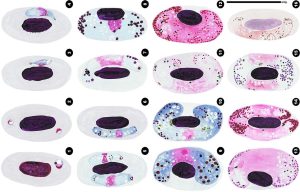Spider Webs: What Are They Made Of? And Is Spider Silk Really As Strong As Steel?
Spiders, our old foe, the arachnid. A fearsome yet tiny beast. Our evolutionary adversary. Most people can’t stand the site of them, normally I can’t stomach them either, but I found one on my desk in the office recently, it was just walking about and making a web, it was the best thing that happened all day. It also made me ask some questions – what is spider silk? What’s a spider web made of? How long is it until lunch? What’s it all about? So I had a look.
So, a spider web is protein rich, mostly glycine and alanine. But it has other stuff in there too, like pyrrolidine which is hygroscopic and keeps the strands moist. It also has some potassium hydrogen phosphate which releases protons making the silk slightly acidic – pH4 – which may well protect it from fungus and bacterial attack.
Spider Web Uses
I also didn’t realise that an individual spider can produce up to 7 different types of silk, all slightly different for use in different situations. Webs are used in a plethora of ways including:
- Catching prey – in a good old fashioned web or other traps
- Dispersal – some smaller spiders produce long filaments that carry them off on the breeze to take them long distances. Sailors in the deep ocean have reported catching them in their sails.
- Food – some spiders eat their own or other spider’s webs
- Guide lines – like leaving bread crumbs behind them if they’re in a new part of town
- Alarm lines – to warn of a scary intruder or a tasty snack
- Pheromone trails – to tempt passing suitors
And on and on…. spider silk is versatile stuff indeed.
Spider Web Strength Vs Toughness
It’s common knowledge that weight for weight spider silk is stronger than steel, but it’s not stronger than Kevlar. However, spider web is tougher than both. Just to clear that up, strength refers to resistance to deformation, and also being elastic. Toughness is the resistance to failure or crack propagation. OK?
Spider silk is also very ductile, i.e. it can be stretched to five times it’s normal length without snapping. It can also maintain its structure at an impressive range of temperatures – from -40 to 200 degrees Celcius. That’s not going to be much use in the wild nowadays, but I bet the spider is chuffed that his product has that ability just in case there’s another ice age or a nuclear winter round the corner. When a web is wet, it can contract up to 50%, this might be so that the morning dew tightens up an evenings work for Mr Spider. Making it resilient for the capture of his breakfast.
Silk Production Natural Vs Synthetic
The silk is produced or “spun” from a liquid silk precursor called “unspun silk dope” through a process called pulltrusion, which is like extrusion, only you have to pull it out to get it working. Spiders have multiple glands called spinnerets that do the job for them.
Because of its near magical properties, it would be well helpful if humans could make spider silk for themselves. Attempts have been varied in their results but it seems a synthetic spider web is probably a long way off yet. Efforts to farm spiders have also failed because they’re easily inclined to turn cannibal whenever they fancy, and they only make the silk when they need it and simply will not be coaxed.
One of the wackier attempts to get spider silk came from an experiment where they genetically modified goats to produce spider silk in their milk. I have an excellent image of a goat firing a web from it’s teats but I fear it was more mundane. The silk didn’t have the properties they were after in the end. Shame. I’m keeping the mental image anyway though.
So, in conclusion, spiders are small and their silk is amazing. The end.

